How to make your Mother's Day flowers last longer and keep them fresh
How to make flowers last longer — keep your bouquet looking a-ok
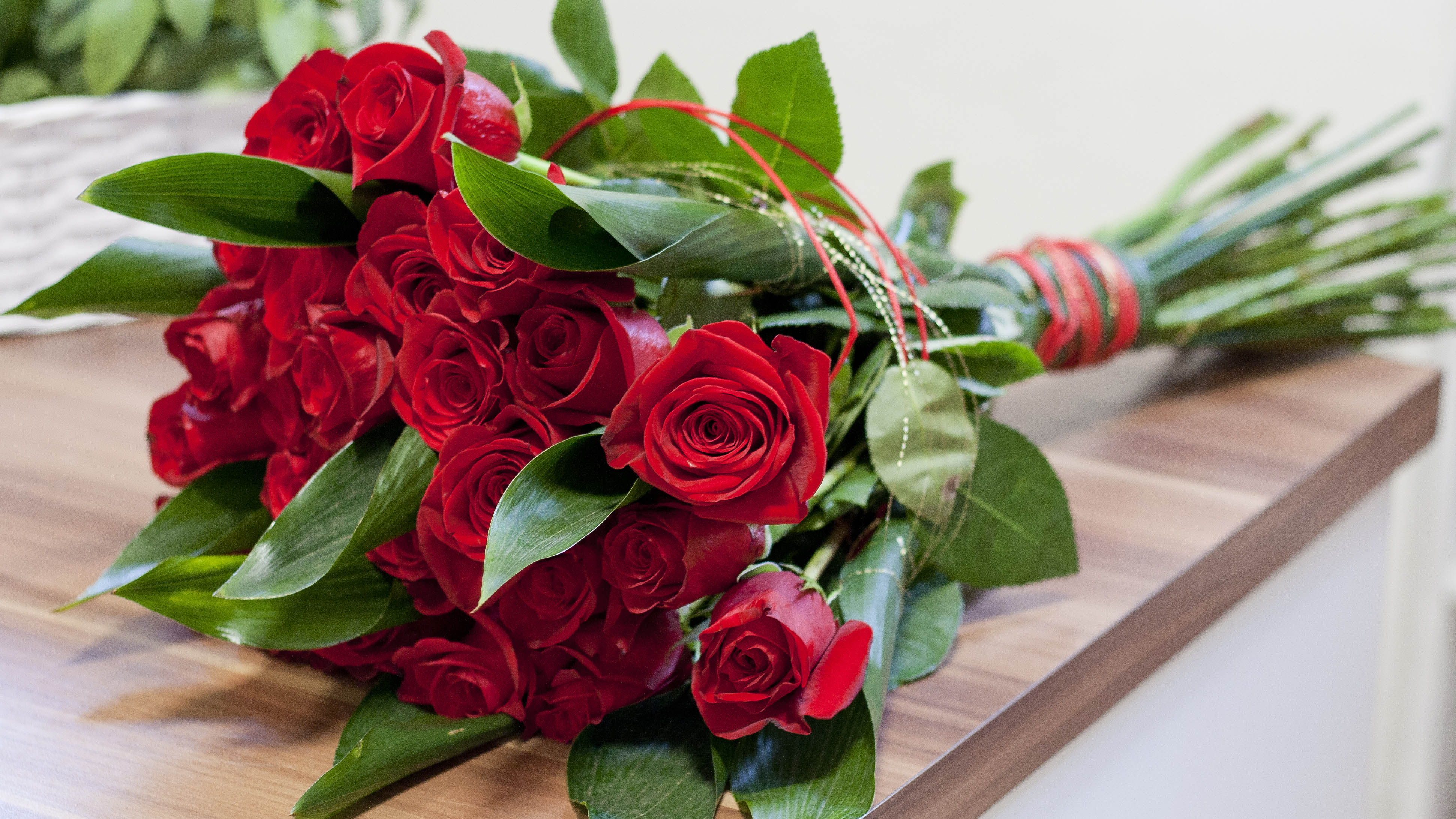
If you're gifting flowers this Mothering Sunday, knowing how to make flowers last longer can add precious days to the lifespan of beautiful bouquets. While most moms will pop them in their favorite vase, fill it with water, and leave it at that, it's a shame when they quickly wilt. But, did you know you can extend the life of flowers with a few simple tips?
Whichever flowers you’ve been lucky enough to receive or gift, these tips can help. Although, if you own a cat or dog, you should be particularly careful with these types of flowers. Here, we will take you through what to do step-by-step to make your Mother's Day flowers last longer. And you can also use these tips to extend the life of your Valentine's Day flowers and your cut tulips.
How to make flowers last longer
1. Trim the stems
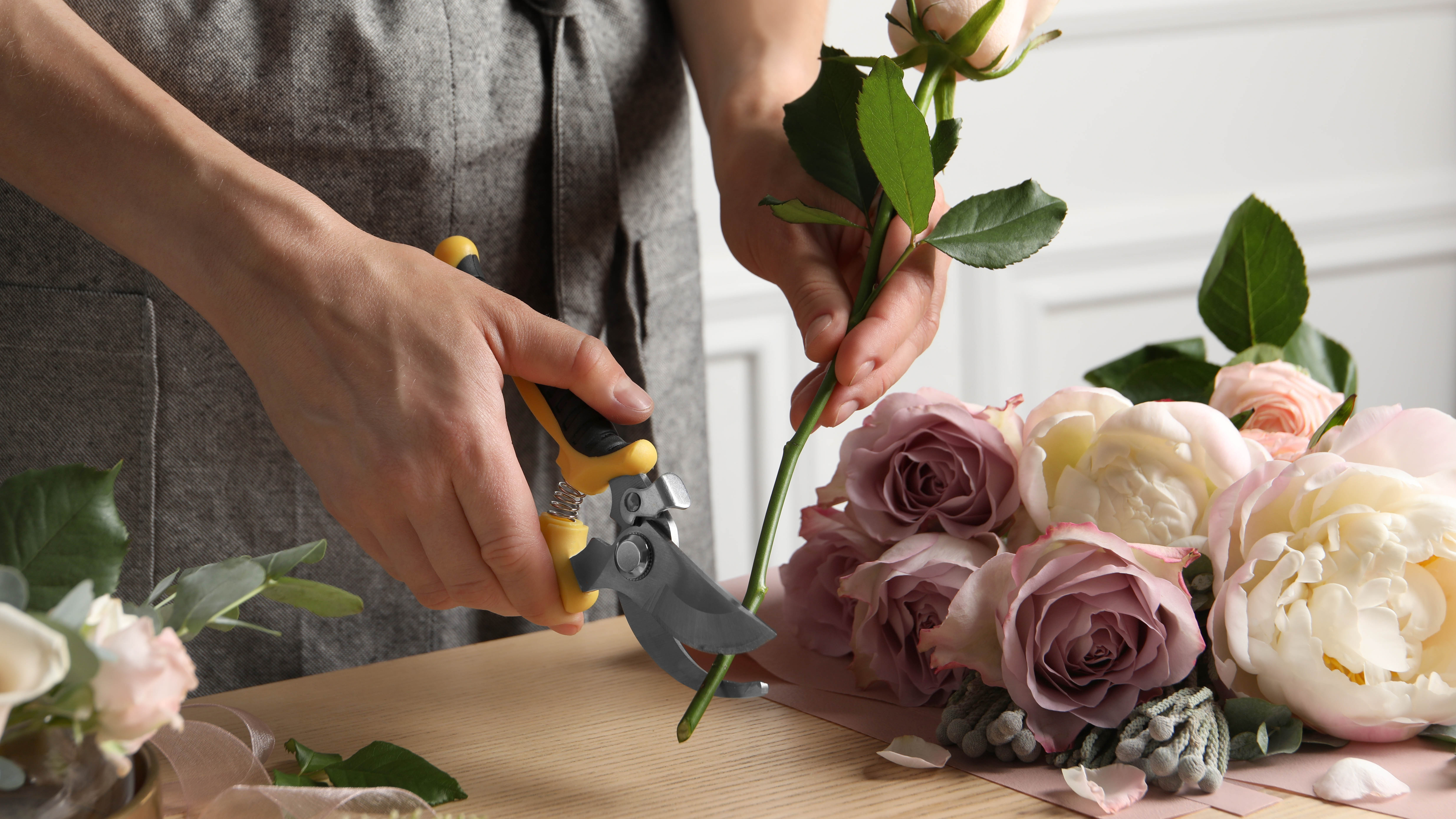
As tempting as it is to pot your flowers immediately, trimming the stems will help them last longer. Trim a few inches from the end at a diagonal angle using a pair of scissors or bypass shears, such as the EnduroPRO Titanium Pruning Shears ($34.43, Amazon).
Trimming at an angle allows for better water intake, so make sure you don’t cut straight. You can also use this opportunity to vary the height of your flowers on display, so they look better. Re-trim your stems every couple of days for the best results.
2. Maintain the water
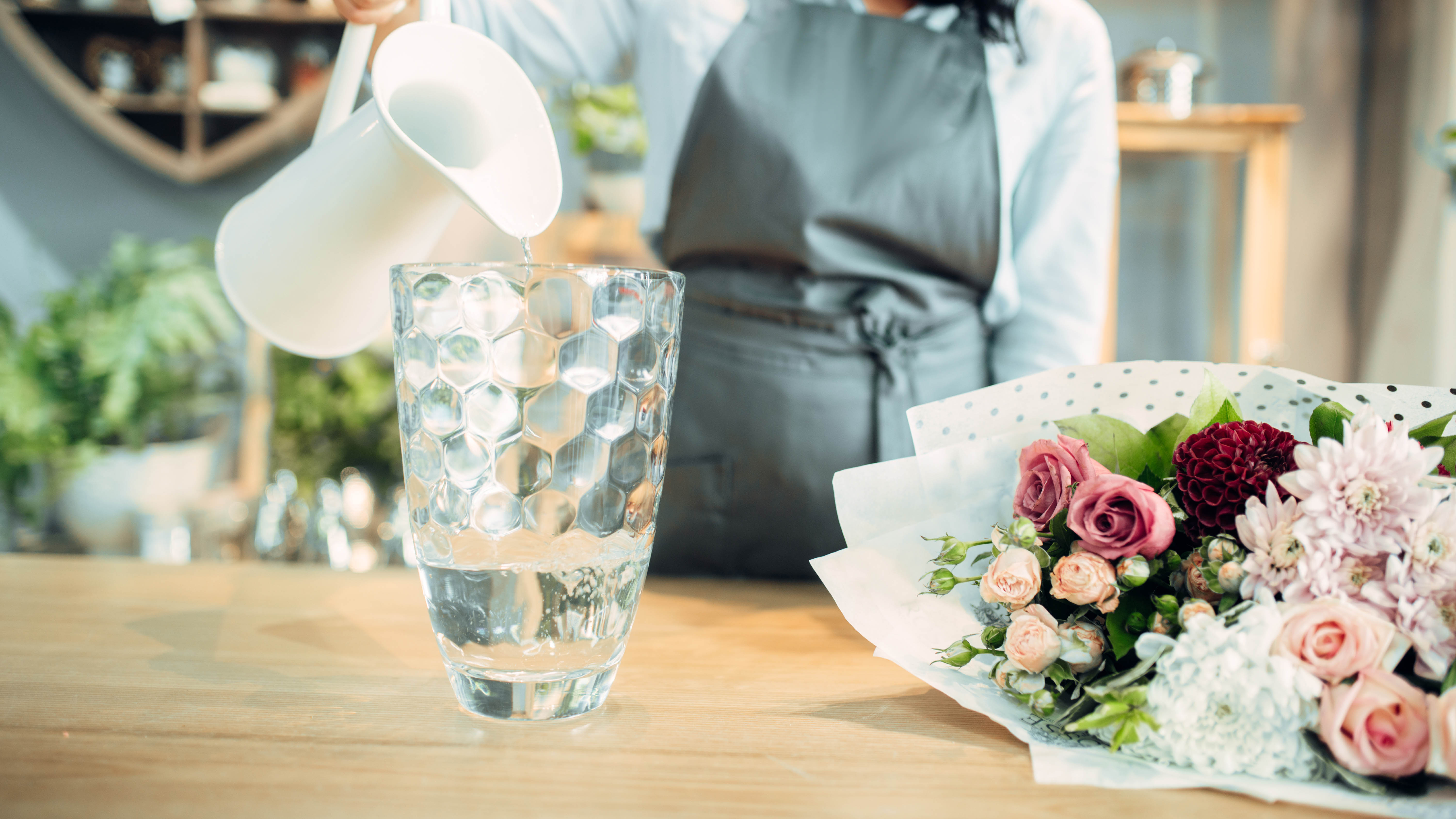
If you want to give your bouquet the best chance, the water needs to be kept fresh and clean. First, make sure the vase you want to use is clean and well-rinsed of any residual soap. Then fill it with lukewarm water — you don’t want it too cold or too hot, so test it first.
Next, add flower food. Most bouquets come with a sachet which you can use, but if not we recommend Chrysal Flower Food ($12.99, Amazon). Read the directions to make sure you’re diluting the correct amount. Stir in the food to dissolve it and then add your flowers, making sure the stems are all submerged. Keep your eye on the water level and change it every two-three days.
If you don’t want to use flower food, you can also add two tablespoons of sugar and white vinegar, which will also promote growth and deter bacteria.
Sign up to get the BEST of Tom's Guide direct to your inbox.
Get instant access to breaking news, the hottest reviews, great deals and helpful tips.
3. Prune the excess
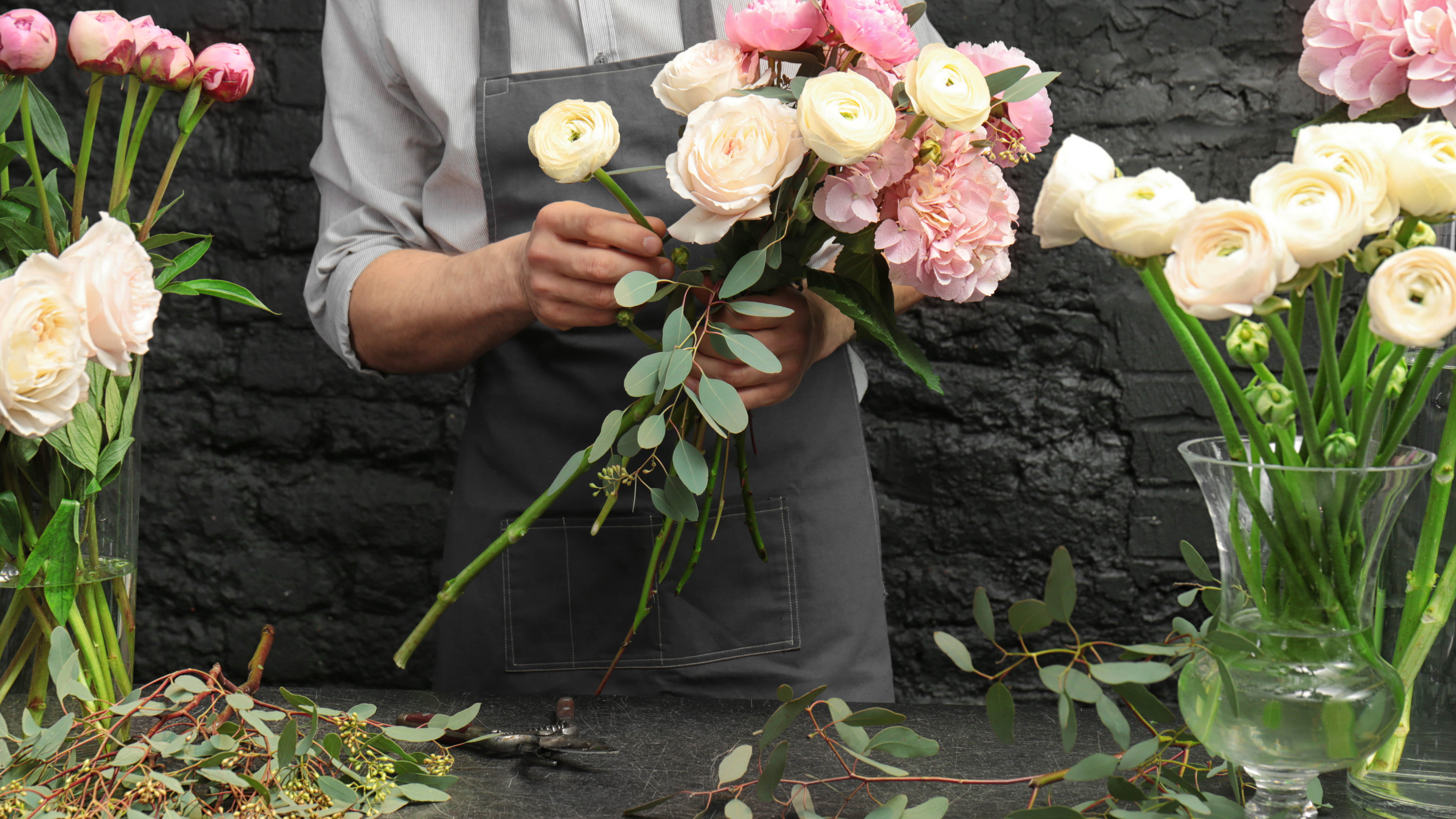
It might seem a shame to trim some of the leaves from your bouquet prior to display. But, this actually improves the lifespan. By trimming away any unnecessary leaves, particularly those below the waterline, as well as any areas which have started to rot, you’re deterring bacterial growth.
By trimming the leaves, the bouquet will actually look better too, because the vase will be less crowded and the focus is more on the flowers.
4. Watch where you place them
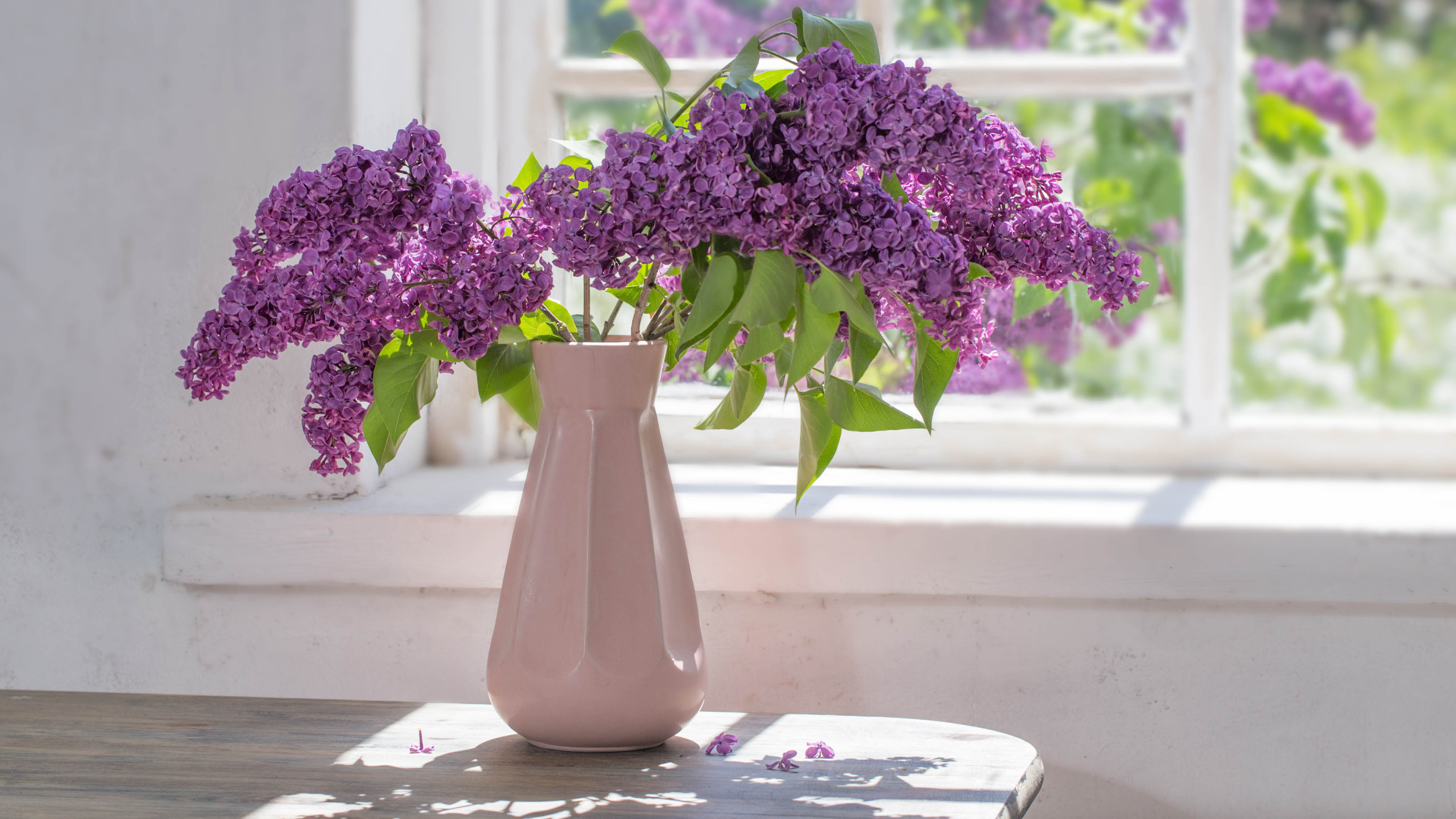
You might think direct sunlight will help your flowers bloom, but too much will actually be bad for them. Direct sunlight can overheat a bouquet and cause it to dehydrate — before you know it, the water level is depleted and your flowers won’t have lasted a day.
Likewise, keep your bouquet clear of any cold drafts such as open windows, as this too can dehydrate them. Try to stick to a neutral position in the center of the room for all to see.
5. Keep an eye on your bouquet
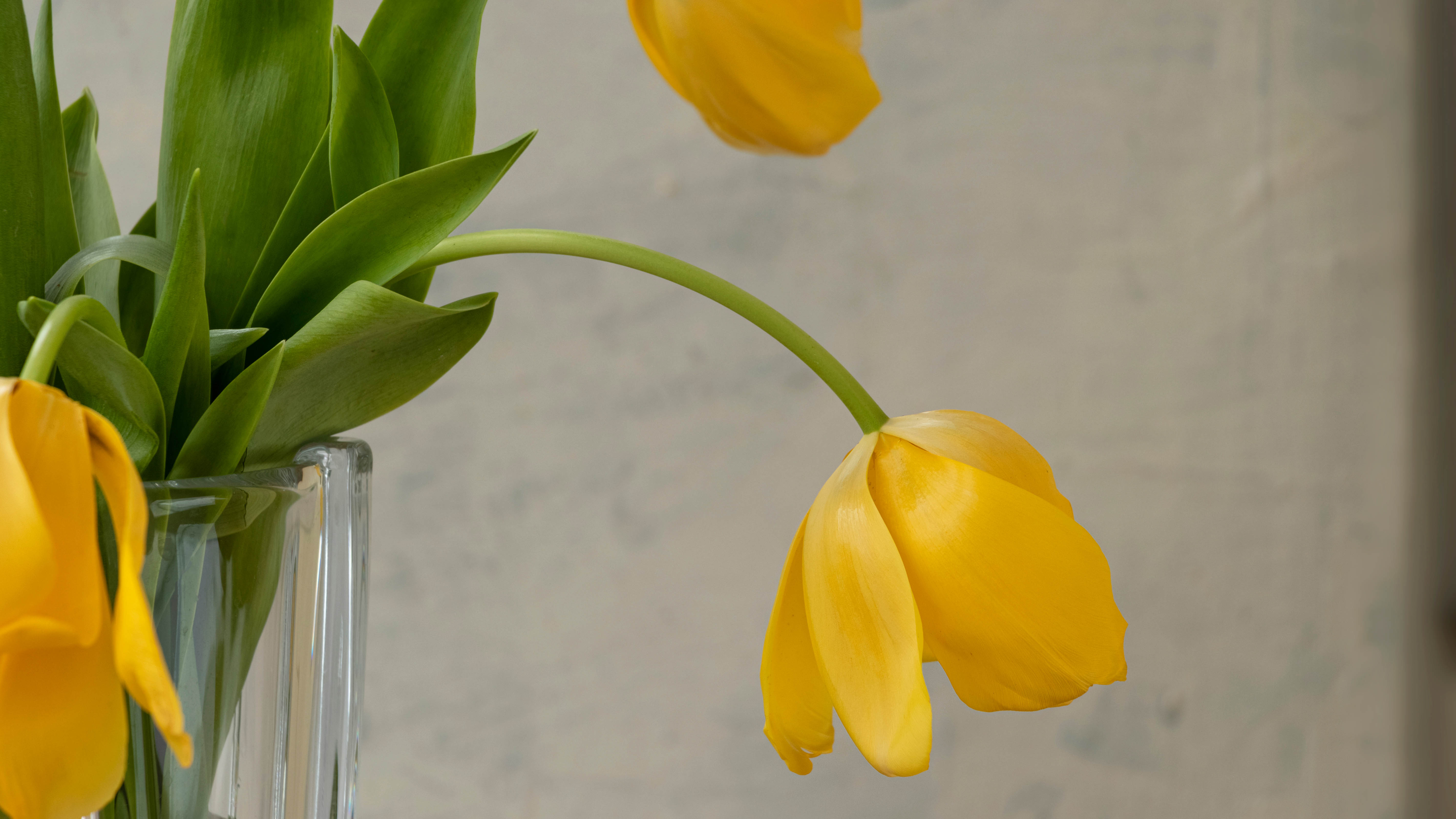
Unfortunately, even if you follow these tips, your flowers won't last forever. As they start to wilt, make sure you remove the dying flowers from the healthy ones. This will prevent mold and bacteria from spreading. Look out for any dead leaves or petals which drop into the water too to avoid contamination.

Katie Mortram used to be a Homes Editor for Tom's Guide, where she oversaw everything from kitchen appliances to gardening tools, as well as smart home tech. Specializing in providing expert advice for cleaning and home manintenance, she now works as Household Advice Editor for Good Housekeeping.
